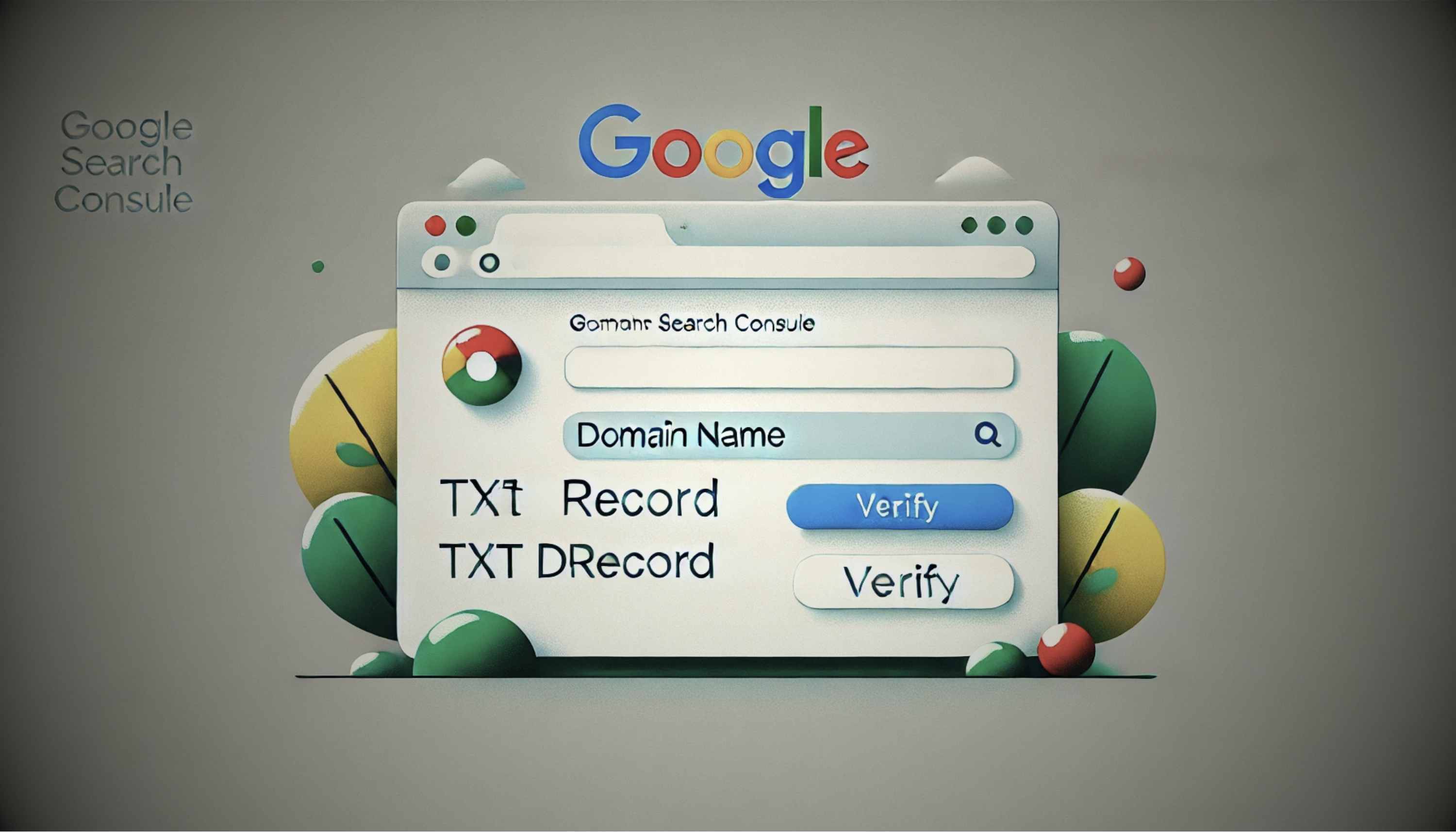
In this post, we’ll walk you through on how to add your domain property to Google Search Console using TXT DNS record. By following these steps, you'll gain valuable insights into your website's performance on Google. Let’s dive in!
Step 1: Access Google Search Console
To begin, head over to Google Search Console and then click on the "Start Now" button.
Step 2: Sign In
Sign in with your Google account. If this is your first time using Google Search Console, you'll be prompted to choose between adding a domain or a URL prefix. If you've used it before, click on the menu in the top left corner, then select "Add Property."
Step 3: Choose Domain or URL Prefix
Decide whether to add a domain or a URL prefix:
- Domain: Use this if you want all subdomains to be included in one property (typically recommended).
- URL Prefix: Choose this if you have different subdomains and want separate stats for each.
Step 4: Enter Your Domain
For this guide, we’ll add a domain. Enter your domain (e.g., shoutex.com) and click "Continue."
Step 5: Verify Domain Ownership
Google will ask you to verify domain ownership by creating a TXT DNS record. Here’s how:
- Copy the TXT record provided by Google.
- Log in to your DNS server management tool (e.g., Cloudflare).
- Navigate to the DNS settings and add a new record.
- Select "TXT" as the record type.
- For the name, use the "@" symbol, representing the root domain.
-
Paste the TXT record in the content field and save the record.
TXT DNS is the recommended way to verify domain ownership. There are other methods, including adding meta tags with verification codes, creating unique filenames on the webserver, or tying it with Google Analytics, etc.
TXT DNS is recommended because it's likely not to be advertently get changed or deleted by a team member.
Step 6: Confirm Verification
Return to Google Search Console and click the "Verify" button. If your DNS server is fast, like Cloudflare, verification should be immediate. If not, wait a few hours and try again.
Step 7: Explore Google Search Console
Once verified, you can access your domain’s data. Initially, you might not see any performance data. Google needs time to crawl and index your site. Check back in a day or so to see updated data.
Key Features to Explore:
- Performance Tab: View impressions, clicks, and average click-through rates.
- Indexing Tab: Check the status of your site's pages and sitemaps.
Make GSC part of your SEO Toolbox
Adding your domain to Google Search Console is essential for monitoring your website's performance and improving your SEO strategy. If you need more customized advice, reach out to our team at ShoutEx.
FYI on Google Search Console
Frequently Asked Questions
Why should you add your domain property to Google Search Console?
Adding your domain to Google Search Console helps you monitor and maintain your site's presence in Google search results. It provides insights into how Google indexes your site, any errors found, and keyword performance. This helps improve your SEO and ensures your site is visible to your target audience.
Why is the TXT DNS the preferred way to verify ownership?
TXT DNS verification is preferred because it verifies ownership at the domain level. This means all subdomains are included, providing comprehensive coverage. It is also more secure and doesn't require changes to your site's HTML or uploading files to your server, making it easier to manage.
Are there other ways to verify domain ownership in Google Search Console?
Yes, there are other ways to verify domain ownership in Google Search Console. You can use HTML file upload, HTML tag, Google Analytics, Google Tag Manager, or domain name provider. Each method has its steps, but TXT DNS remains the most recommended for its coverage and simplicity.
Is it worth having a Bing Webmaster account as well as Google Search Console?
Yes, having a Bing Webmaster account is worth it. Bing Webmaster Tools provides insights similar to Google Search Console but for Bing's search engine. It helps you monitor your site's performance in Bing search results, identify issues, and optimize your site for a broader audience, increasing your reach.